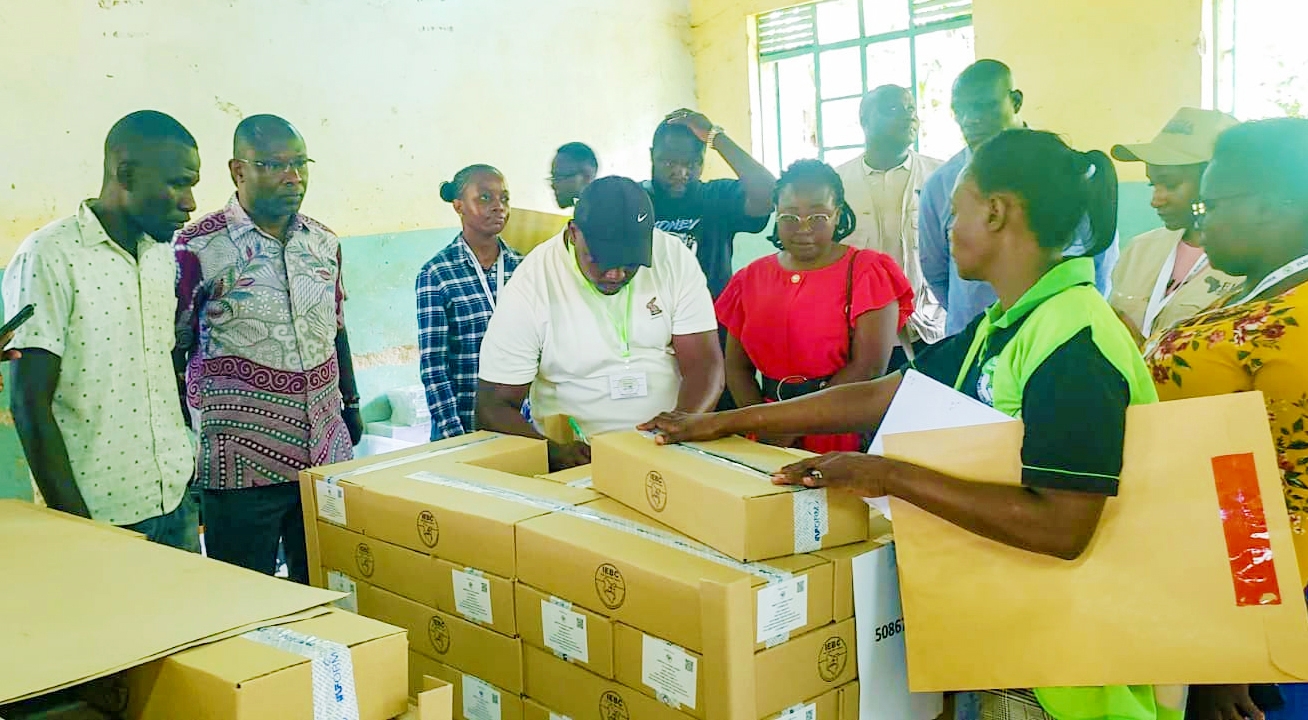Crop and livestock worth trillions of shillings have been lost to disasters in the last 30 years, a new report by the Food and Agriculture Organization of the United Nations has said.
The report released on Friday said an estimated $3.8 trillion (Sh567.1 trillion) worth of crops and livestock production had been lost.
The report, Impact of Disasters on Agriculture and Food Security 2023, brings the first ever global estimation of the impact of disasters on agricultural production.
It said the figure may be higher if systematic data on losses in the fisheries and aquaculture and forestry subsectors were available.
The report said there is need to urgently improve data and information on all subsectors of agriculture for effective action.
FAO director general QU Dongyu said agriculture is one of the most highly exposed and vulnerable sectors in disaster risk.
He said this is due to its profound dependence on natural resources and climate conditions.
“Recurrent disasters have the potential to erode gains in food security and undermine sustainability of agrifood systems,” Dongyu said.
“Leveraging FAO’s technical expertise, this publication showcases opportunities to proactively address risks in agrifood systems, while demonstrating ways to mainstream disaster risk management into agricultural practices and policies."
The report revealed that over the last three decades, disasters inflicted the highest relative losses on lower and middle-income countries by up to 15 per cent of their total agricultural GDP.
It said losses related to major agricultural products are increasing.
"Disaster events have increased from 100 per year in the 1970s to around 400 events per year worldwide in the past 20 years," the report said.
Some of the underlying disaster risk drivers include, climate change, poverty and inequality, population growth, health emergencies caused by pandemics, practices such as unsustainable land use and management, armed conflicts and environmental degradation.
FAO said smallholder farming under rain-fed conditions, are the most vulnerable actors in the agrifood systems.
“Supporting the adoption of farm-level disaster risk reduction good practices, can help small-scale farmers to avoid losses and enhance their resilience," it said.
"Investment in farm-level disaster risk reduction good practices can perform on average 2.2 times better than previously applied practices."
The report said proactive and timely interventions in response to forecasted hazards are crucial to build resilience by preventing and reducing risks in agriculture.
It said for every $1 (Sh149.5) invested in anticipatory action, rural families can gain up to $7 (Sh 1,046.5) in benefits and avoid agricultural losses.
The report recommended the mainstreaming of multisectoral and multi-hazard disaster risk reduction approaches into policies.
This in addition to enhancing investments in reduction of disaster risk in agriculture to improve livelihoods.













